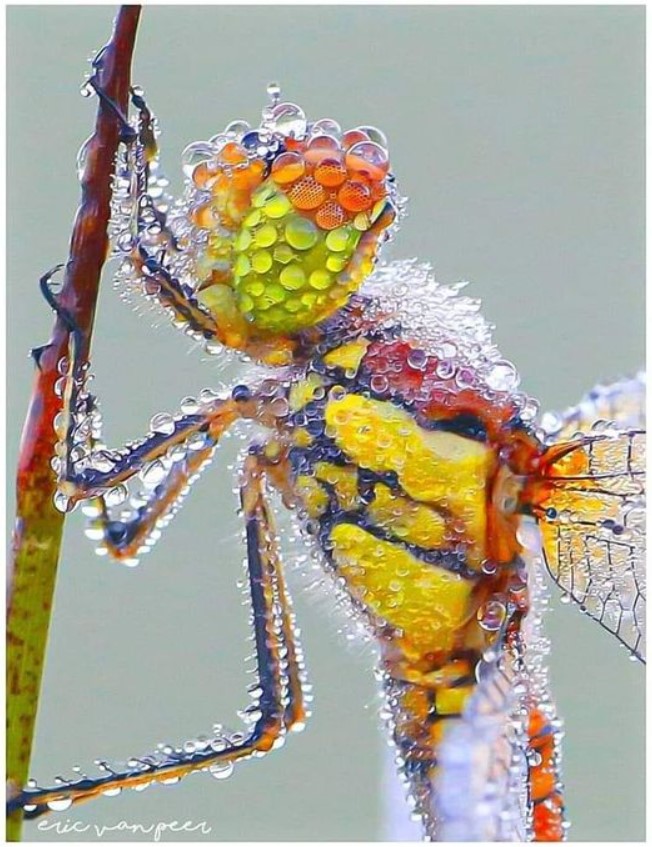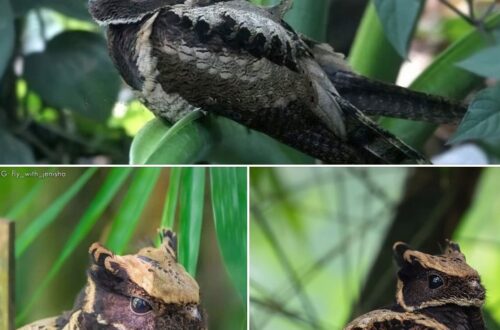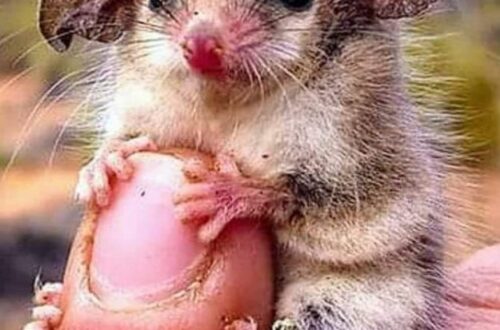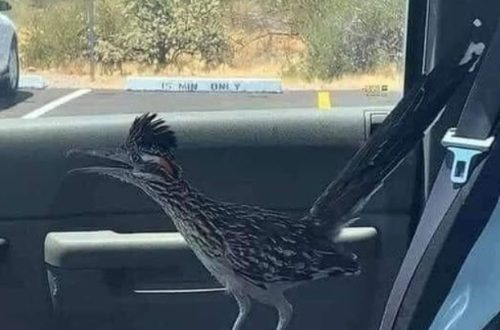Dragonfly species (Anisoptera) are characterized by long bodies with two narrow pairs of intricately veined, membranous wings that, while generally transparent, may have coloured markings. Unlike damselflies, the front and rear wing pairs are shaped differently. In addition, dragonflies rest with their wings spread horizontally, rather than held vertically against each other (with the exception of one very small family, Epiophlebiidae).
Dragonflies have a more powerful build and are generally much stronger fliers than damselflies. The globe skimmer (or wandering glider, Pantala flavescens), a migratory dragonfly, for example, makes an annual multigenerational journey of some 18,000 km (about 11,200 miles); to complete the migration, individual globe skimmers fly more than 6,000 km (3,730 miles)—one of the farthest known migrations of all insect species. Dragonflies also have huge bulging eyes that occupy most of the head, giving some a field of vision approaching 360 degrees.
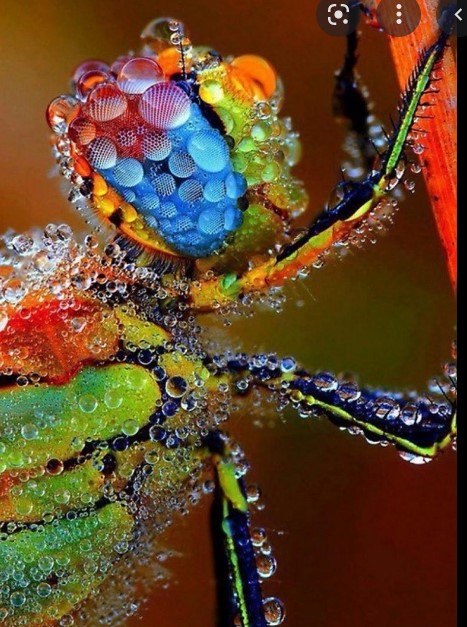
In 2009, the first comprehensive assessment of insect species showed that 10 percent of dragonfly species were under threat of extinction. The animals are imperiled by destruction of freshwater habitats—particularly ponds, bogs, and fens—by pollution, and non-native vegetation.
For example, the yellow presba, a dragonfly native only to South Africa, is losing its grassland habitat to the Australian black wattle, a commercially introduced tree. The fast-growing invasive species blocks out sunlight that sustains the grasses. The International Union for Conservation of Nature now considers this dragonfly vulnerable to extinction.
Larvae crawl from eggs laid in or near water. Some species lay their eggs inside plant tissue, others attach their eggs to substrates at or above the water’s surface, and some may drop or wash their eggs from their abdomen onto water. Larvae absorb oxygen from the water using gills inside the rectum. The abdomen draws water in and pumps it out again through the anus.
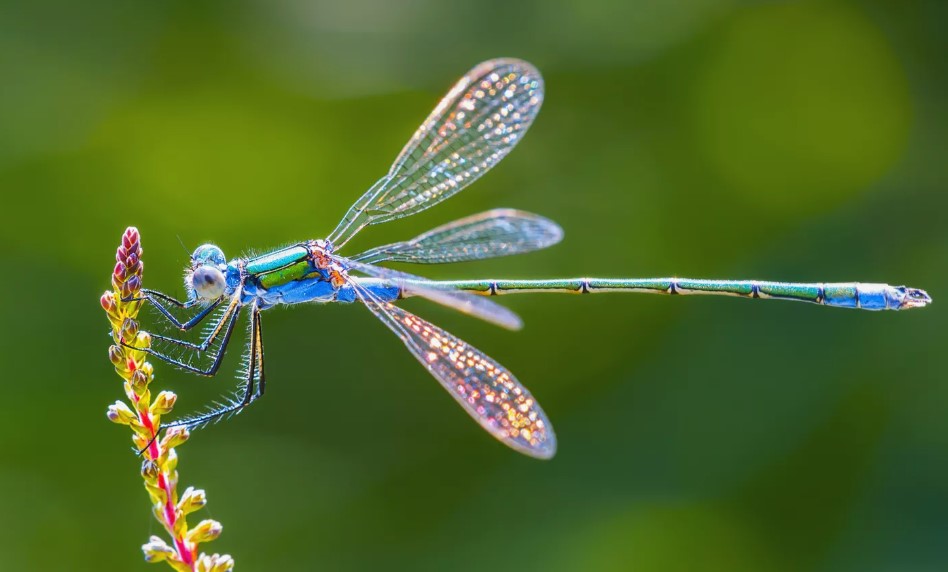
Water can be forcibly expelled in this way, resulting in jet propulsion as a means of escape. Solid waste is also expelled in this manner. As the larva grows, it molts, its future wings first becoming apparent about halfway through the larva’s development. These wing sheaths then enlarge rapidly with each successive molt.
Many dragonfly families have descriptive common names associated with their scientific names.
include the hawkers (Aeshnidae), petaltails (Petaluridae), and clubtails (Gomphidae).
